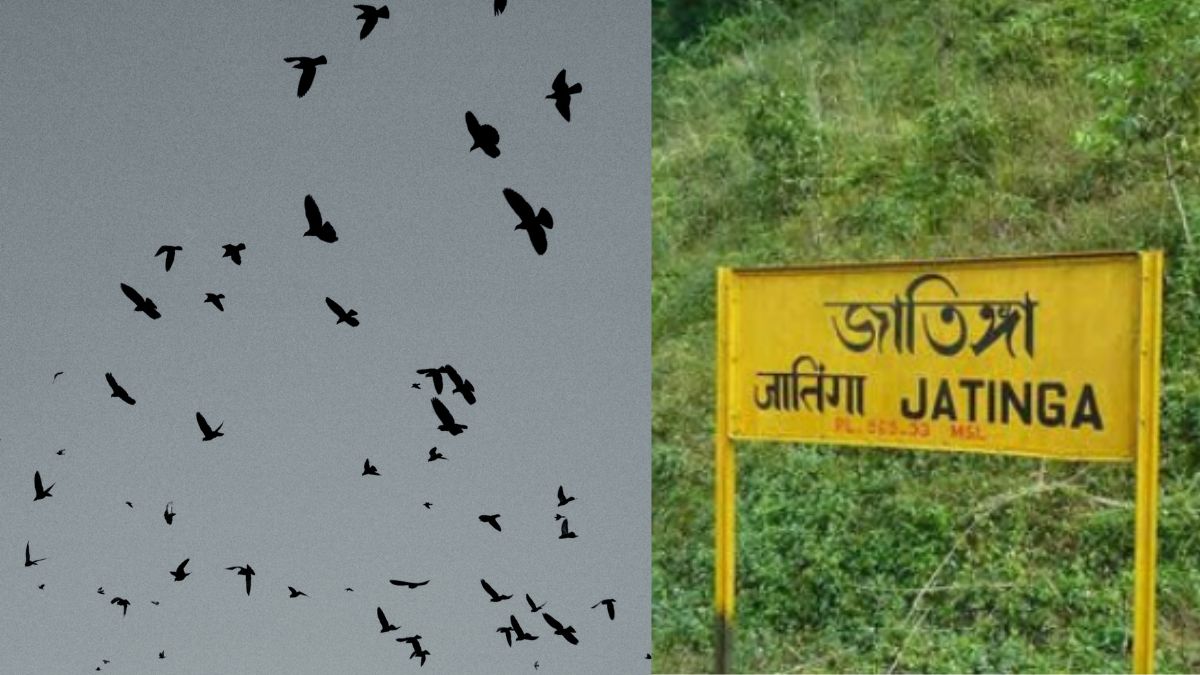In Assam, lies a place of enigmatic beauty and eerie fascination—the Jatinga Valley. Renowned for its perplexing phenomenon of birds descending to their demise under mysterious circumstances, the place has attracted the attention of many scientists, ornithologists, bird experts, and tourists alike.
The Enigmatic Phenomenon In Jatinga
The Jatinga Valley is situated in the Dima Hasao district, cradled amidst the lush hills of the North Cachar Hills. Despite its breathtaking beauty, the valley is perhaps most renowned for the perplexing phenomenon that occurs during the monsoon season. It has been the location of ‘Mass Bird Suicide’, an odd and enigmatic phenomenon. Nearly 40 different local and migratory bird species are involved in this race of suicide, according to news reports. Between September and November, on misty, moonless nights, this bizarre event unfolds.
The following migratory birds have perished here: pond heron, Indian pitta, black bittern, tiny egret, tiger bittern, and kingfishers. The black drone, green pigeon, emerald dove, hill partridge, and necklaceed laughing thrush are among the other species.
Previously, local legends linked the unexplained bird suicides to demonic spirits. However, ornithologists and conservationists have successfully refuted these notions. The appearance of the birds is now thought to be a natural phenomenon affected by floodlights and lights from surrounding residences under certain weather conditions on moonless evenings.
Also Read: Assam To Implement Tourist Police Scheme To Enhance Safety Of Travellers
The Scientific Reason Behind It?
Ornithologists and conservationists have investigated this mystery about this. High-velocity winds during the late monsoon season affect young birds. These confused and disturbed birds flee towards lights in search of safety, only to be struck by bamboo poles and killed. When renowned ornithologists including the late naturalist EP Gee visited Jatinga in the 1960s, the occurrence attracted international notice. The findings indicated that there was a lot of fog during that time, which could have contributed to erratic weather at high elevations and fast winds.
High altitude, winds, and fog are thought to confuse birds. Even, the lights of neighbouring communities act as a stabilising force. According to a different notion, the climate in the area alters the magnetic properties of underground water, which may be a factor in the birds’ confusion. The appearance of the birds is now thought to be a natural phenomenon affected by floodlights and lights from surrounding residences under certain weather conditions on moonless evenings.
Conservationists and ornithologists are still working to educate the community and debunking beliefs regarding this in Jatinga.
Cover image credits: Canva, Wikimedia Commons
For more such snackable content, interesting discoveries and the latest updates on food, travel and experiences in your city, download the Curly Tales App. Download HERE
First Published: March 18, 2024 12:05 PM






